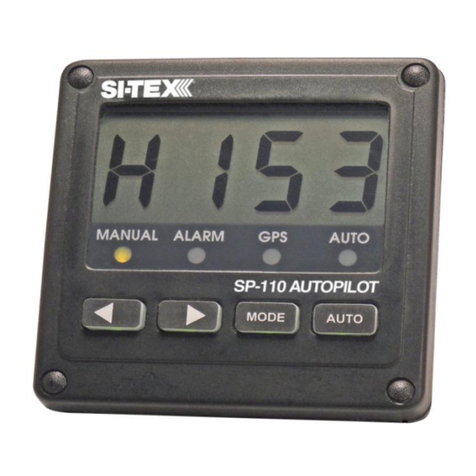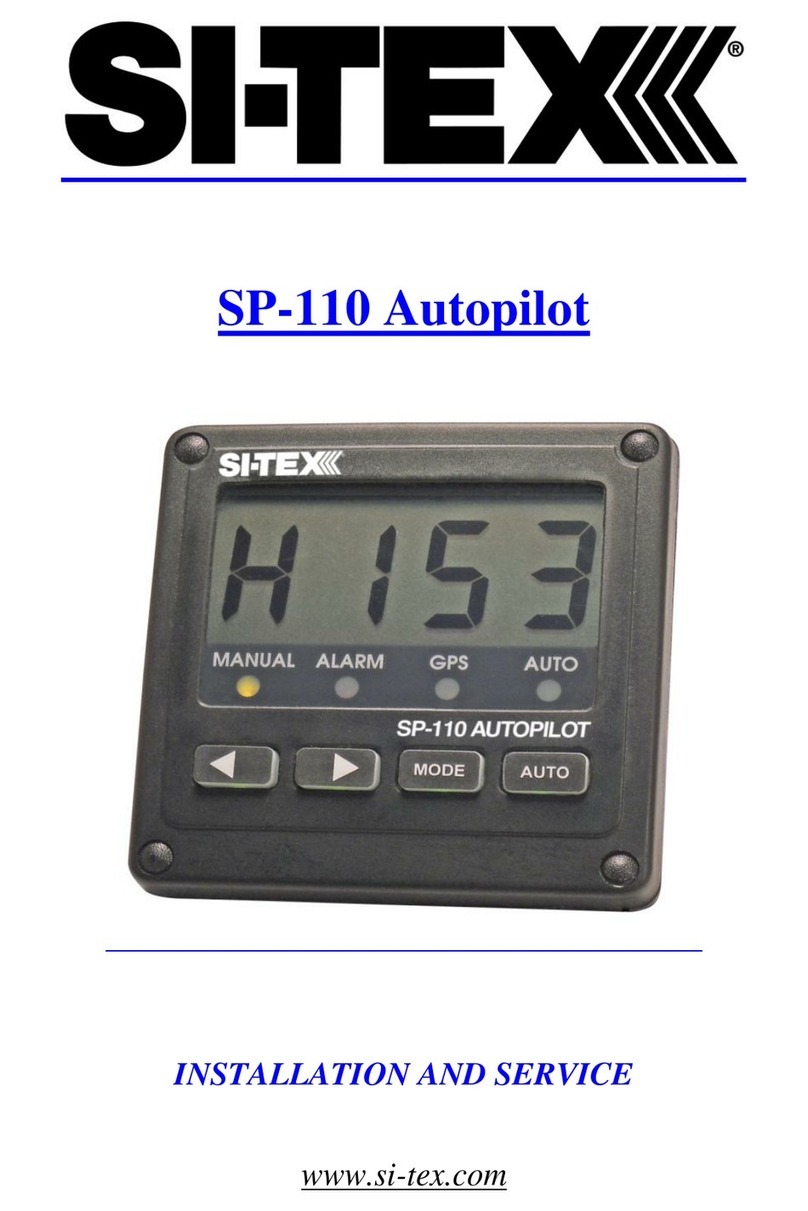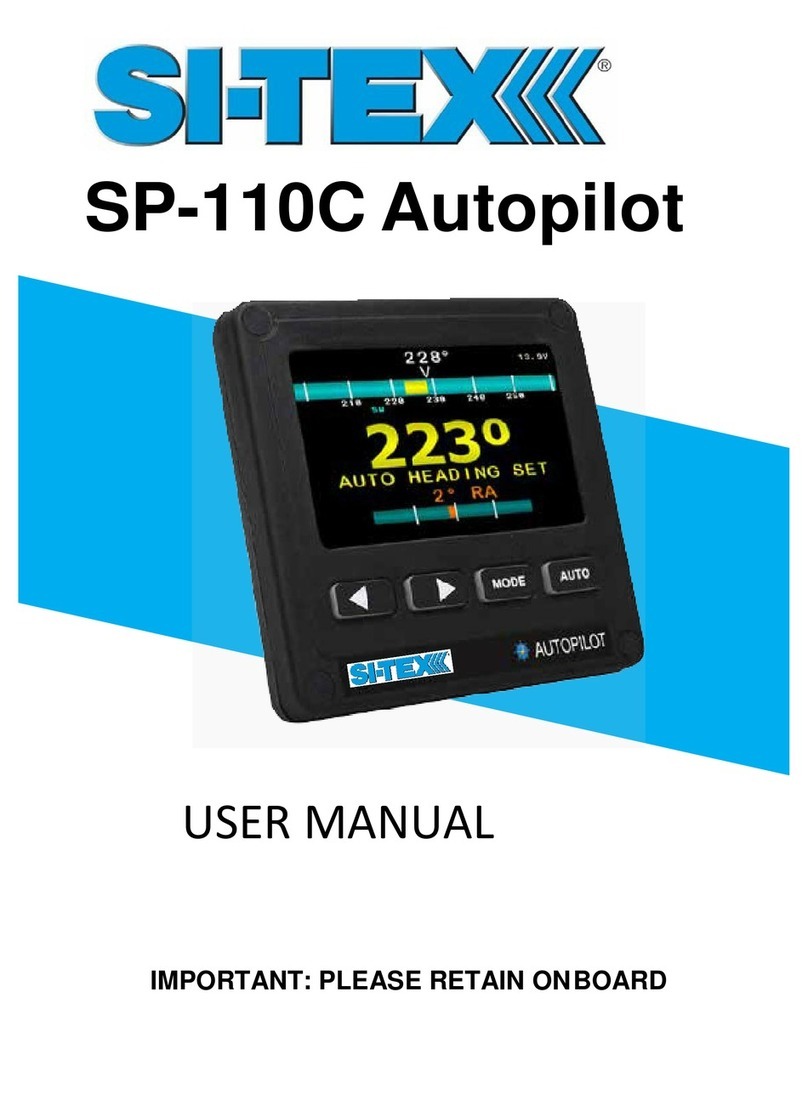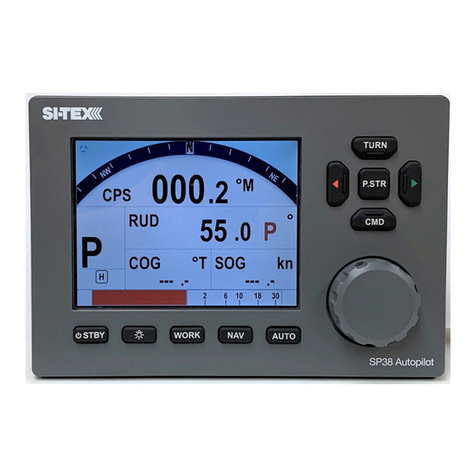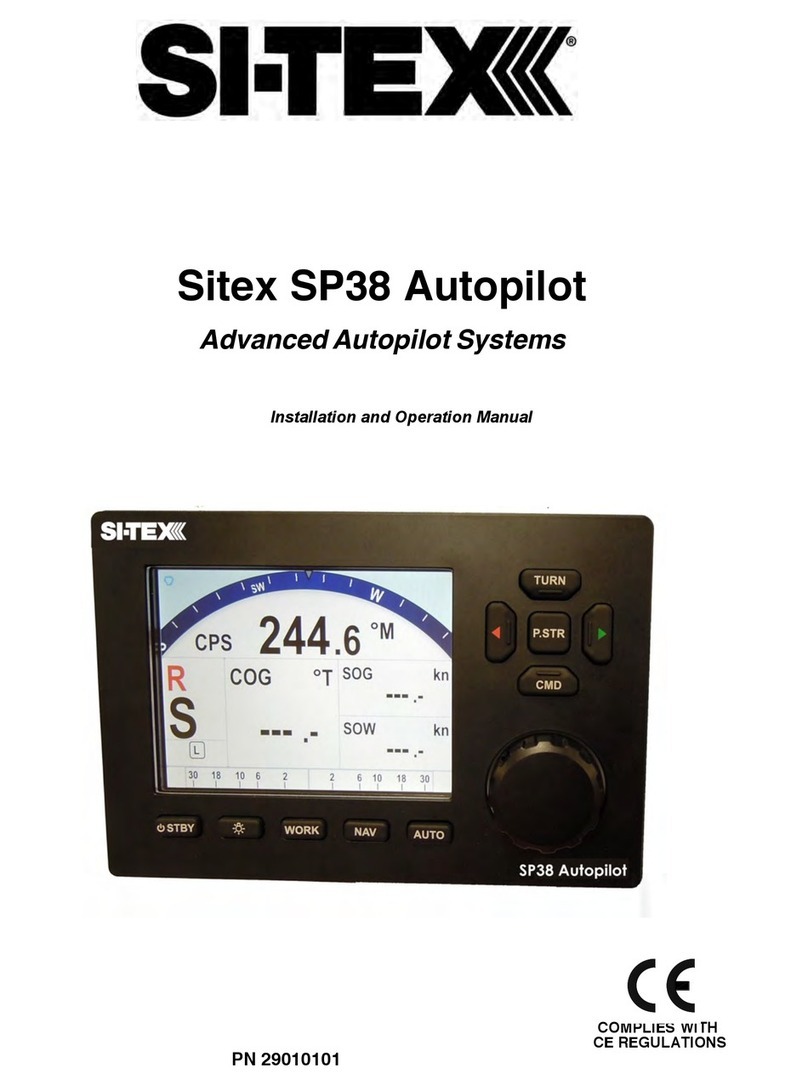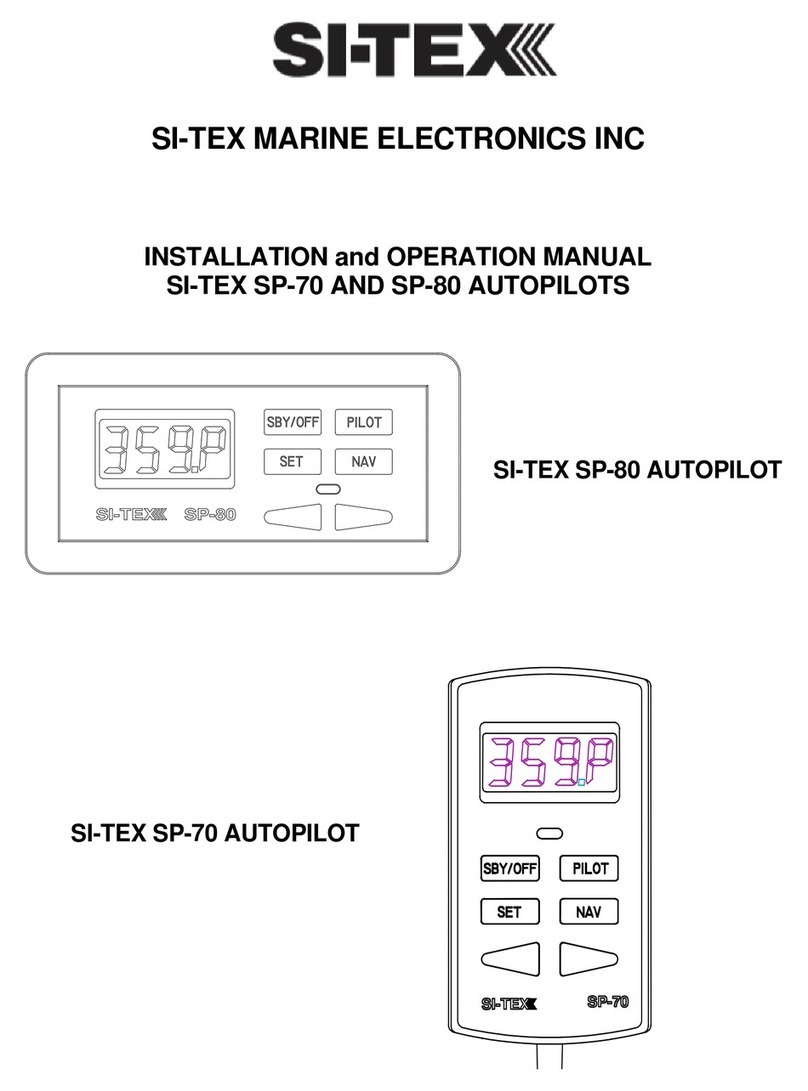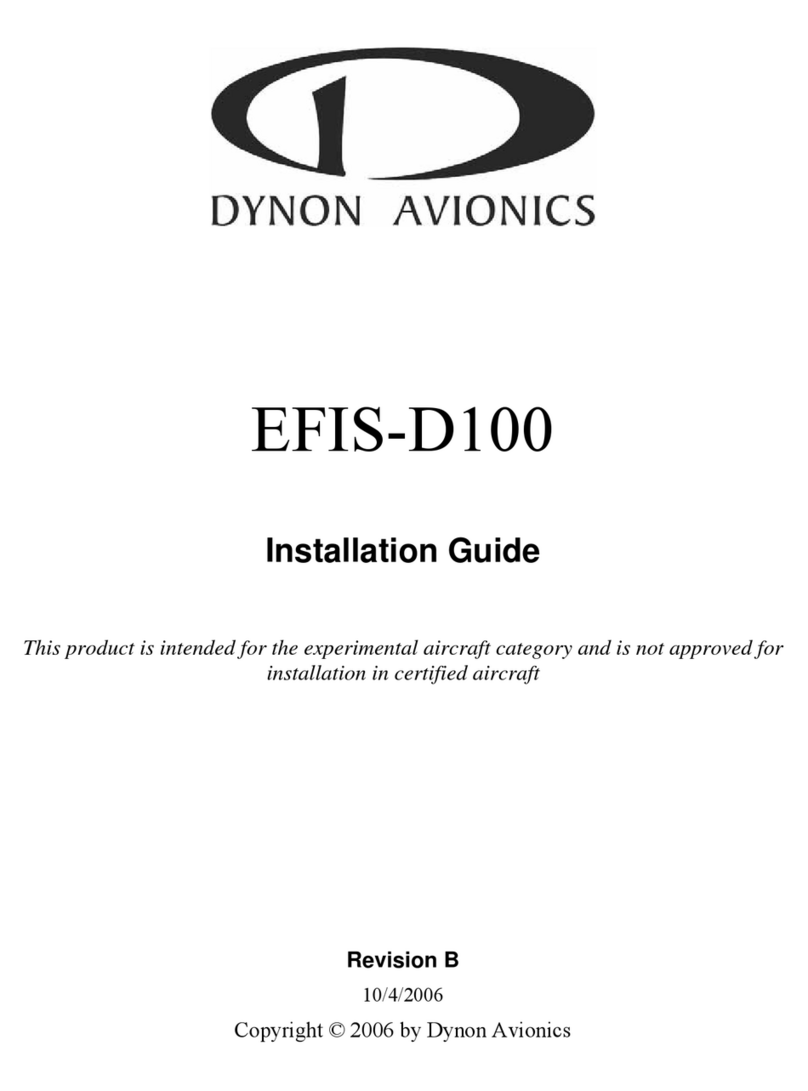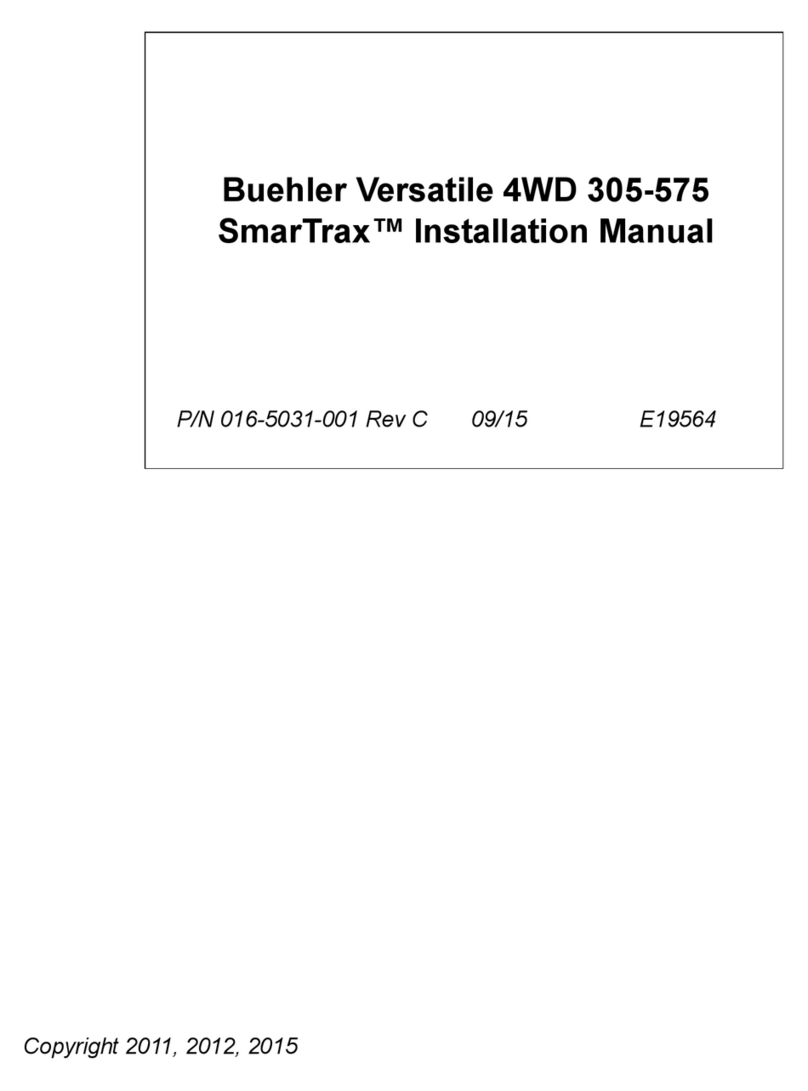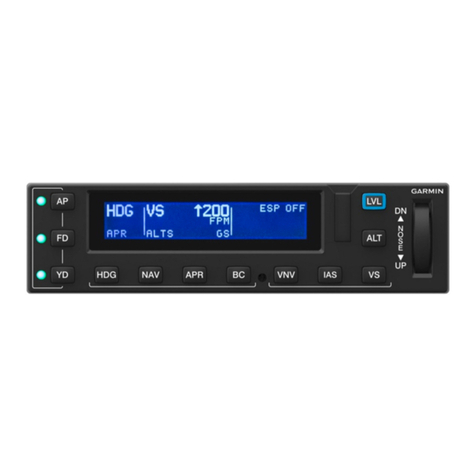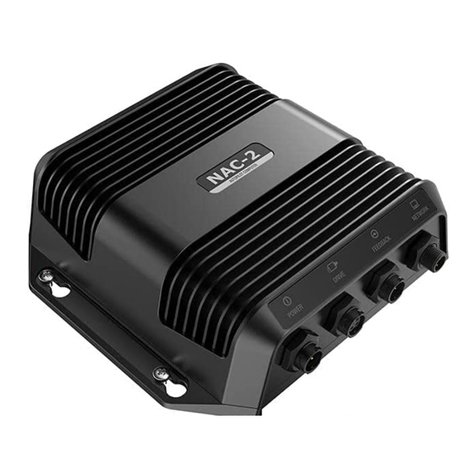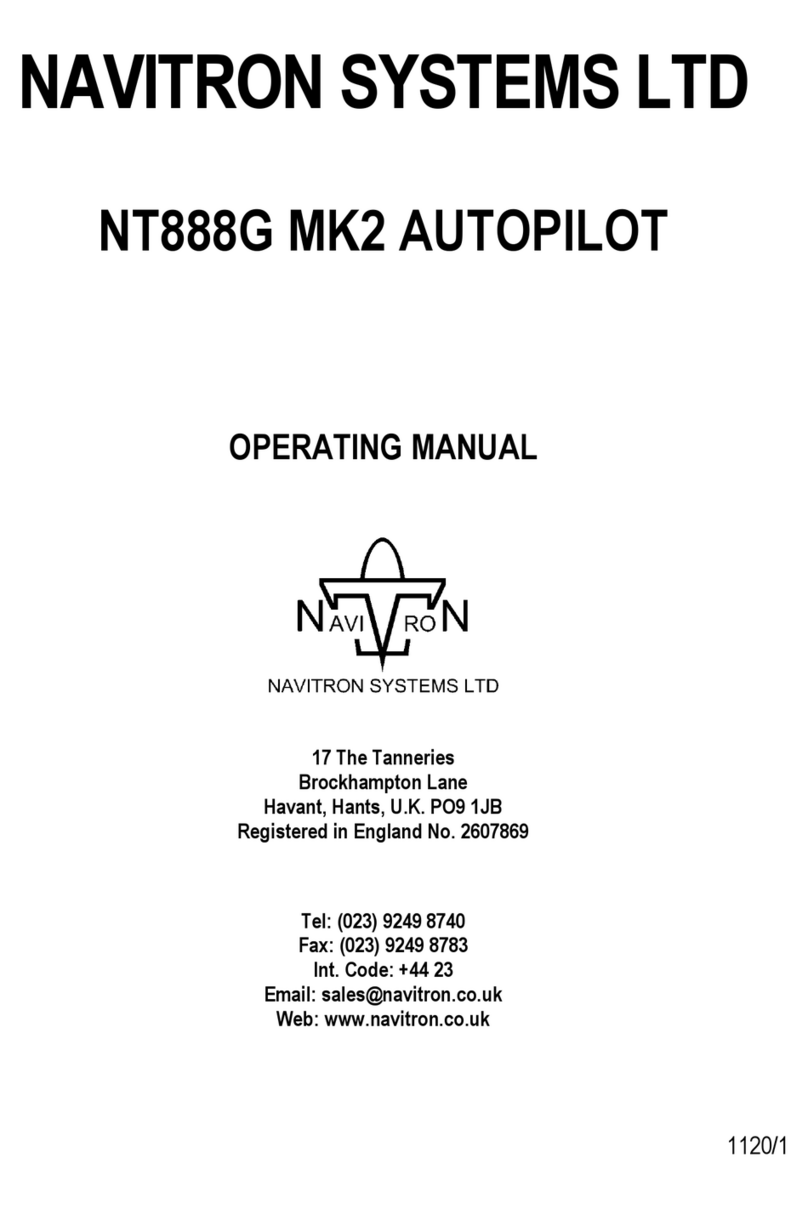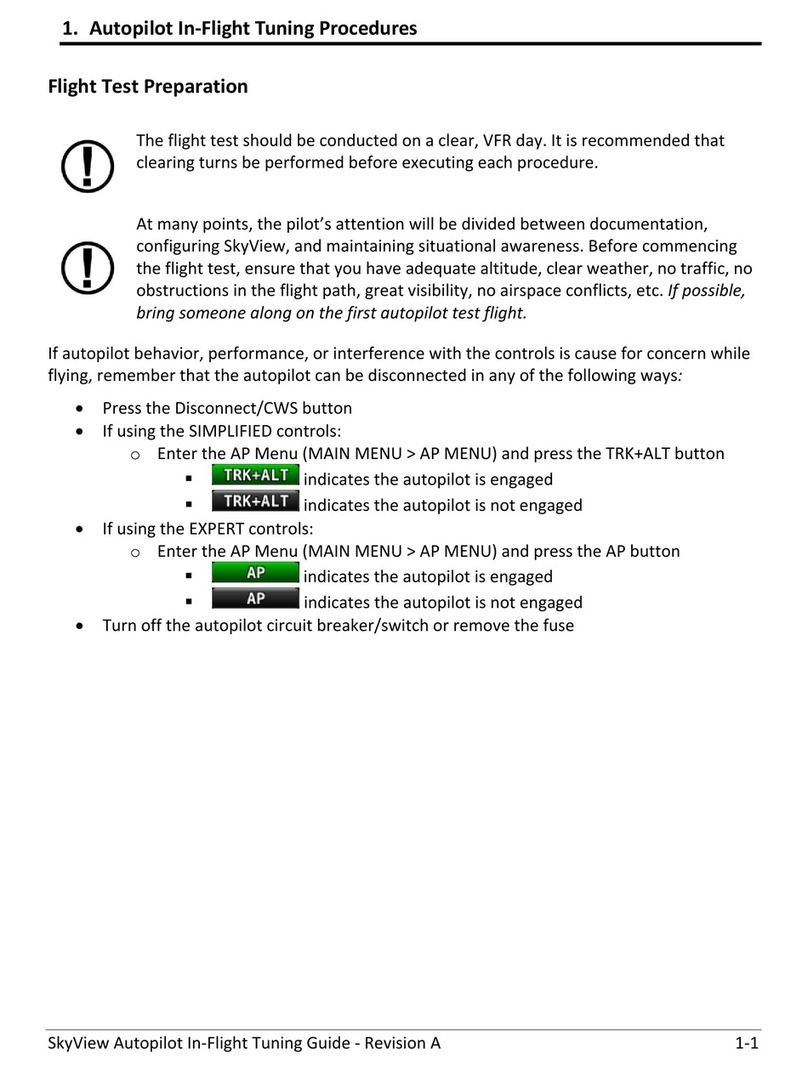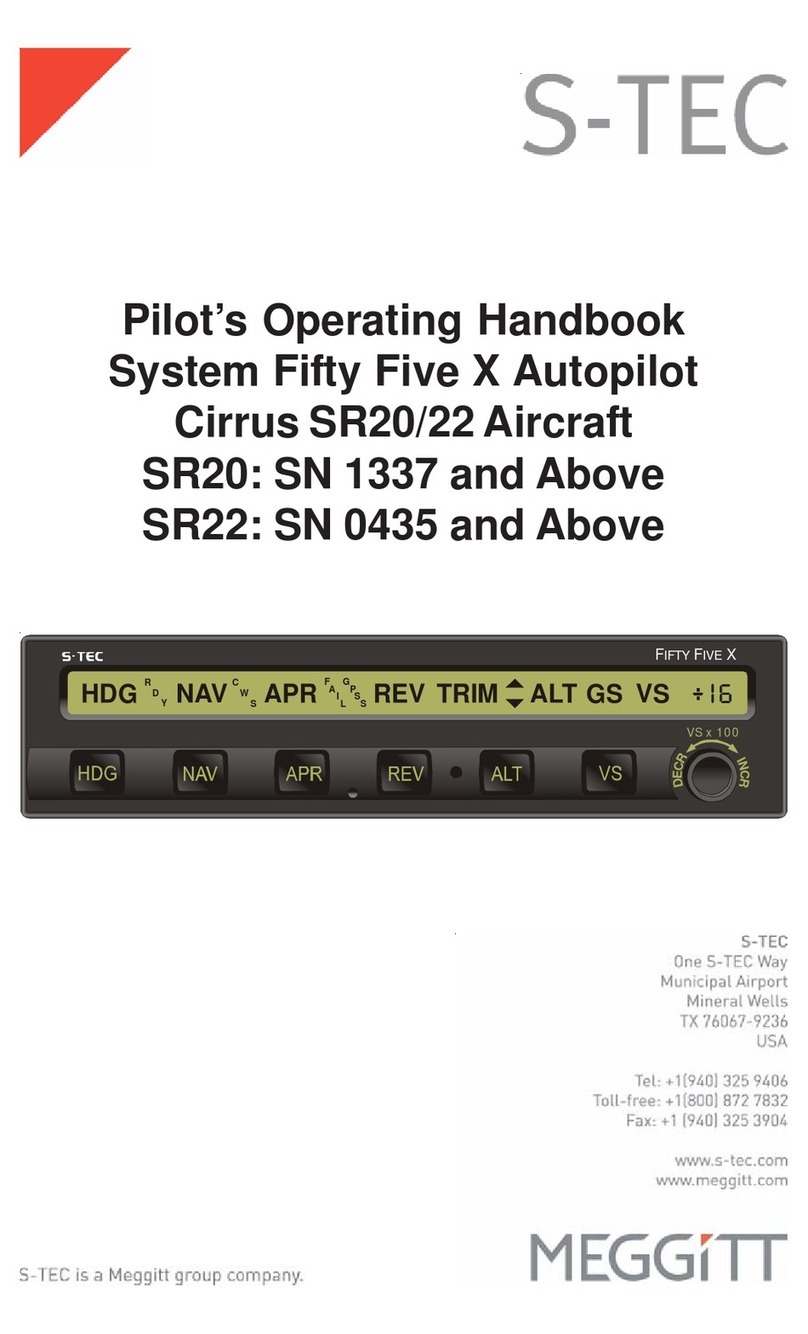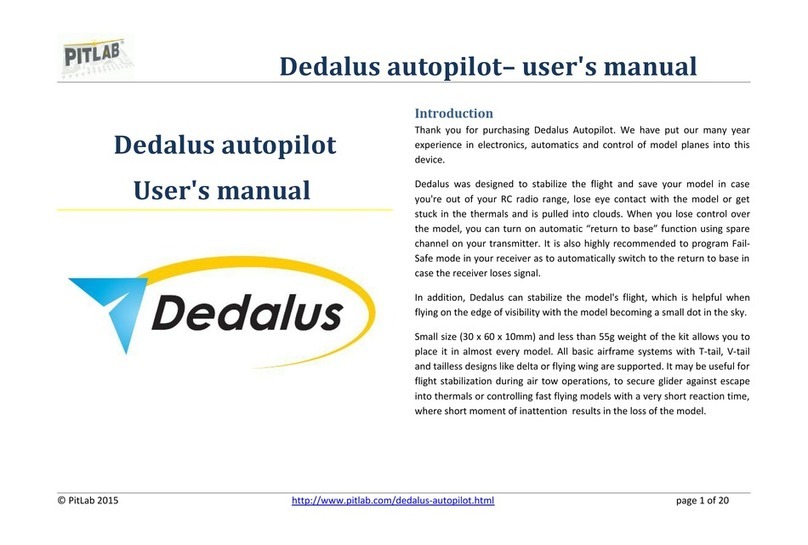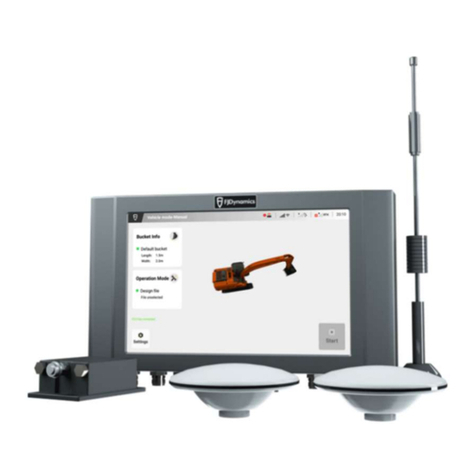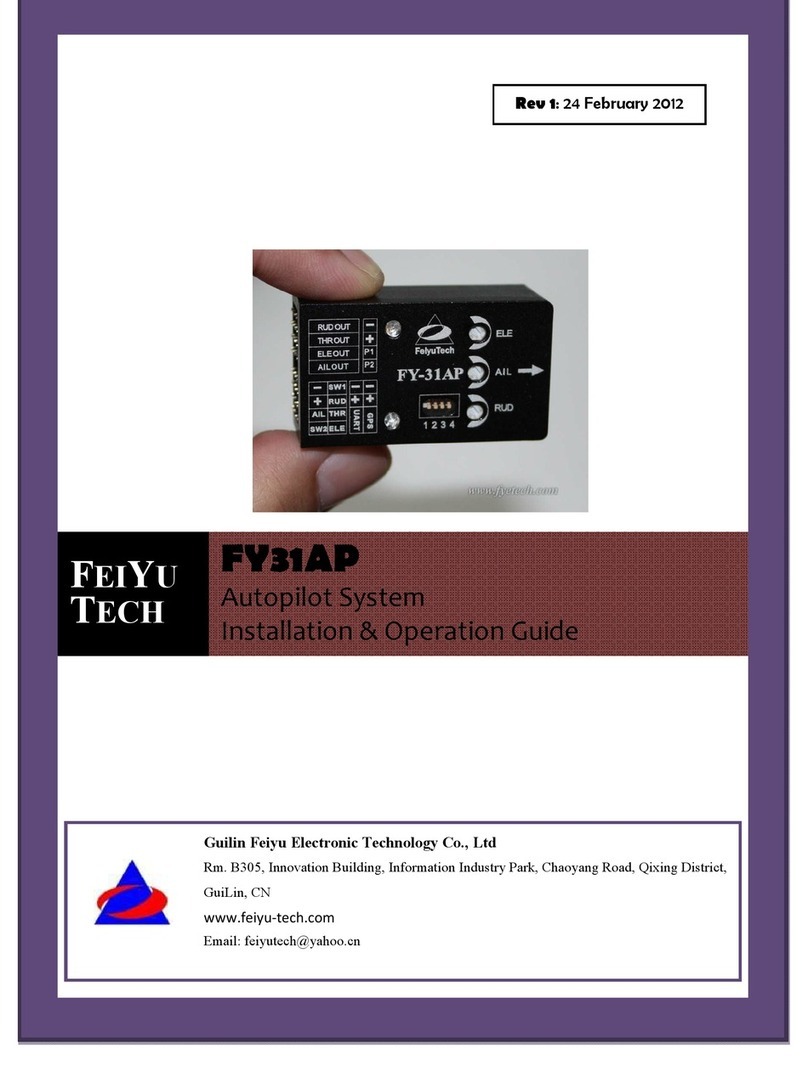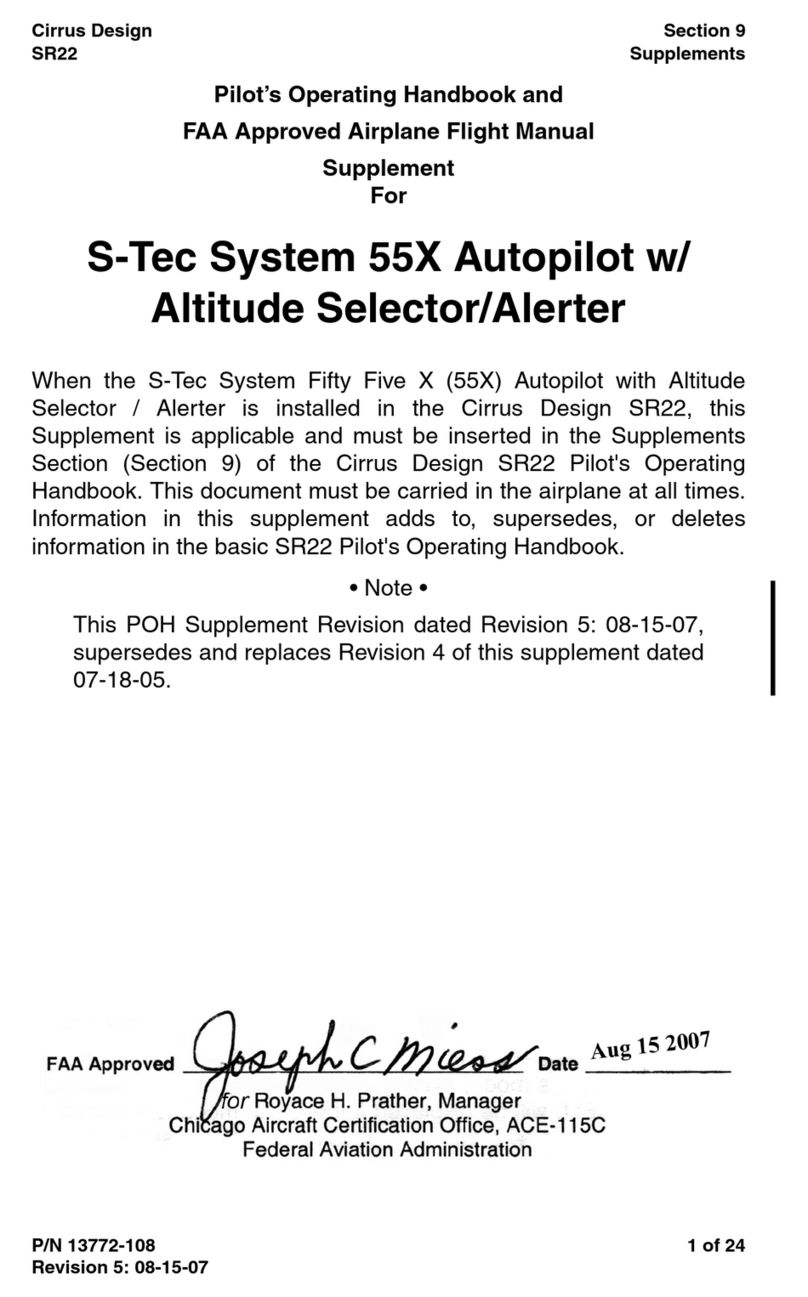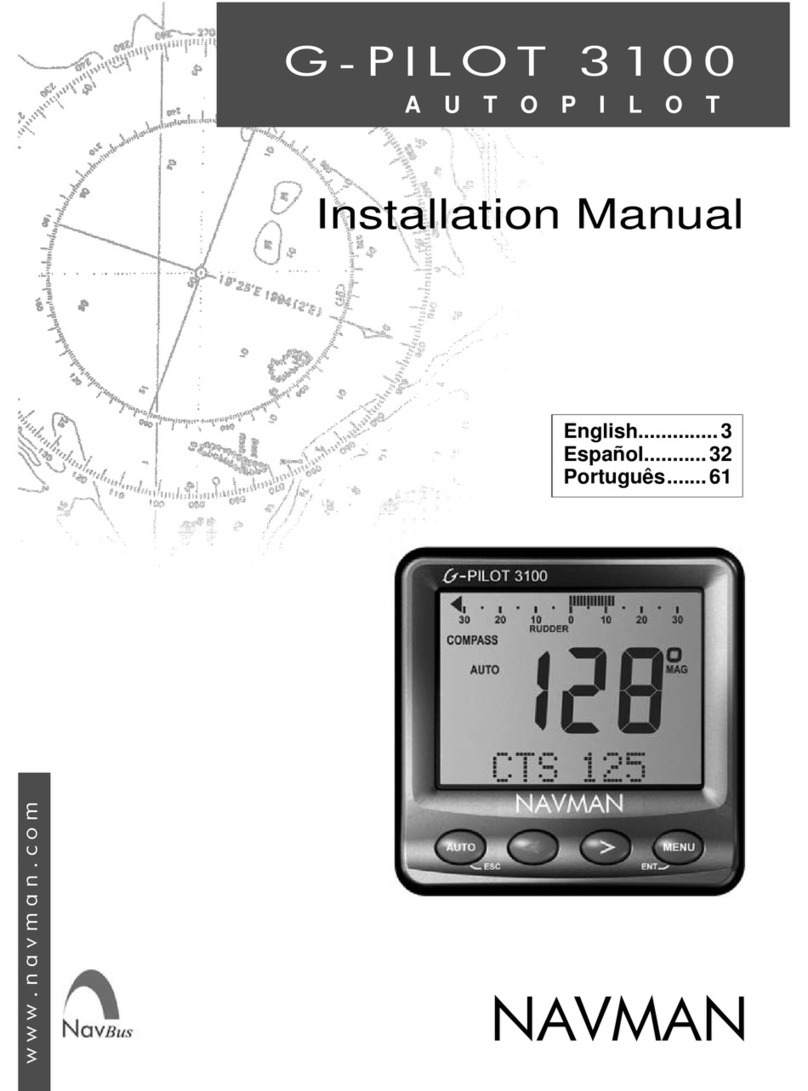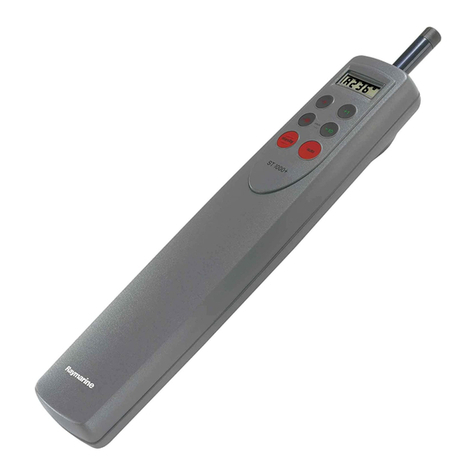Sitex SP-110 Manual

SP-110 Autopilot
INSTALLATION AND SERVICE
www.si-tex.com

SI-TEX SP-110 –SS30 2 10/25/2011
BLANK PAGE

SI-TEX SP-110 –SS30 3 10/25/2011
Index
WWW.SI-TEX.COM....................................................................................................... 1
INDEX......................................................................................................................... 3
WARNING!.................................................................................................................. 4
SP-110 AUTOPILOT SYSTEM...................................................................................... 5
BLOCK DIAGRAM OF FULL SYSTEM ............................................................................ 5
INSTALLATION OF SYSTEM COMPONENTS:................................................................. 6
DISPLAY UNIT ............................................................................................................ 7
COMPASS.................................................................................................................... 8
COMPASS MOUNTING................................................................................................. 8
RUDDER FEEDBACK UNIT........................................................................................... 9
RUDDER FEEDBACK /GPS WIRING DIAGRAMS.......................................................... 9
RUDDER FEEDBACK INSTALLATION DIAGRAM......................................................... 10
OCTOPUS MECHANICAL DRIVE RFU CONNECTIONS................................................ 10
GPS WIRING CONNECTIONS..................................................................................... 11
HYDRAULIC REVERSING MOTOR CONNECTION........................................................ 11
MECHANICAL REVERSING MOTOR CONNECTION ..................................................... 11
MOTOR CONNECTIONS ............................................................................................. 12
SOLENOID VALVE USE.............................................................................................. 13
INITIAL OPERATIONAL SETTINGS ............................................................................. 14
MOTOR DIRECTION –AUTOMATIC SET UP ............................................................... 14
MOTOR DIRECTION –MANUAL SET UP .................................................................... 14
SENSITIVITY ............................................................................................................. 15
RUDDER RATIO ........................................................................................................ 15
BACKLIGHTING......................................................................................................... 15
SET RUDDER LIMITS................................................................................................ 15
COMPASS HEADING.................................................................................................. 16
COMPASS CALIBRATION........................................................................................... 16
COMPASS ALIGNMENT ............................................................................................. 16
TECHNICAL ADJUSTMENTS....................................................................................... 16
SP-110 DEFAULT SETTINGS: ..................................................................................... 17
SETTING UP YOUR GPS UNIT.................................................................................... 18
SP-110 ALARMS....................................................................................................... 18
OFF COURSE ALARM................................................................................................ 18
GPS ALARM............................................................................................................. 19
DEFINITION OF TERMS.............................................................................................. 19
OVERVIEW OF OPERATION ....................................................................................... 19
TROUBLE SHOOTING ................................................................................................ 21
SCHEMATIC DIAGRAM.............................................................................................. 22
WARRANTY.............................................................................................................. 23
ADDITIONAL INFORMATION REFER TO SI-TEXWEBSITE.. 24

SI-TEX SP-110 –SS30 4 10/25/2011
Warning!
THE AUTOPILOT IS A NAVIGATIONAL AID; AN ADEQUATE
WATCH MUST BE MAINTAINED AT ALL TIMES WHEN
AUTOPILT IS IN USE.
THE AUTOPILOT MUST BE PLACED IN MANUAL MODE WHEN
THE VESSEL IS STATIONARY AS THE SYSTEM WILL CONTINUE
TO DRIVE THE RUDDER TO THE END OF ITS TRAVEL AND
DAMAGE TO THE SYSTEM CAN RESULT. (NO RFU SYSTEM
ONLY)
IT IS STRONGLY RECOMMENDED THAT THE AUTOPILOT NOT
BE USED WHILE NAVIGATING IN RESTRICTED WATERWAYS AS
WATER CURRENTS, WIND CHANGES OR RADIO TRANSMITTER
INTERFERENCE CAN ENDANGER YOUR OWN OR OTHER
VESSELS.
IF A GPS IS CONNECTED TO THE SYSTEM AND USED AS THE
HEADING SOURCE AT A SPEED OF ONE KNOT OR LESS THE
SYSTEM WILL DISENGAGE FROM AUTO.

SI-TEX SP-110 –SS30 5 10/25/2011
SP-110 Autopilot System
The SP-110 Autopilot control system comprises the following units: -
SP-110 display and control head.
SI-TEX E-compass
Rudder Feedback Unit (SP-110R only).
In addition the SP-110 has to be connected to a drive unit which controls the rudder
actuator system in order to complete the full autopilot system. The actuator system
provides the physical movement to the rudder responding to the direction of control
signals provided by the SP-110. A rudder actuator system comprises one of the
following: -
Hydraulic system with helm pump and ram
Mechanical steering system
The autopilot should be connected to a:
-Reversing motor / pump set connected into the existing hydraulic steering
system; or
-Reversing mechanical drive unit connected to the existing steering
mechanism
Block Diagram of full system
*Dashed line (RFU) only for applicable for SP-110R.
The SP-110 display provides full control of the autopilot system and indicates different
modes for heading, course to steer and rudder angle.
The system requires a supply voltage of 12 Volts DC.
SP-110
Display
Compass
Drive
Unit
RFU
(SP-110R)

SI-TEX SP-110 –SS30 6 10/25/2011
Installation of System Components:
Ensure you have all the components of the autopilot.
Tools required:
Screwdrivers –flat blade and Philips
Side cutting pliers
Wire strippers
Spanners (various) or adjustable spanner
70mm hole saw
Power drill + assortment of drill bits
Multi meter (DVM)
Ancillaries such as tape, connecting block, screws, cable ties, etc.
Access for wiring must be provided. Cables have to be run to the power switchboard,
display, compass, rudder feedback (if fitted) and drive unit.
All wiring should be kept as far as possible from radio aerials and aerial cables to
prevent interference to the radio and to prevent transmitted signals from the radio
influencing the SP-110. As no steel is used in the SP-110 display, there is negligible
effect on a steering compass.
The compass must be mounted a minimum distance of 1 metre form any boat compass,
radios, speakers or other products with magnetic properties to avoid interference.
The SP-110 must have a direct connection to power supply via a 15 amp circuit breaker
or a 15 amp fused circuit and an isolating switch.

SI-TEX SP-110 –SS30 7 10/25/2011
Display Unit
Position:
The SP-110 Head unit should be mounted in a position accessible to the steering
position and protected from direct rain or salt water
Select a dry position
For in dash mounting cut a 70mm (2.5”) hole (an optional mounting bracket is
available and may be used for display mounting –see your supplier)
Drill mounting screw holes
Mount the display using screws supplied (304 SS –6G)
Fit dome plugs to cover screws
Ensure motor (yellow) and clutch (green) wires are not touching together
before connecting power to the SP-110
Connect red wire to + 12 volts DC
Connect black wire to –12 volts DC
SP-110 Display (Rear) Wiring Diagram

SI-TEX SP-110 –SS30 8 10/25/2011
Compass
Take care when handling the compass as it is a sensitive piece of equipment. The
compass position is the most important item in the installation of the autopilot. Good
course holding is dependent on the compass being free from magnetic interference and
excessive rolling or pitching.
Position:
Select a dry position free from magnetic interference. (Note other side of
bulkheads and deck heads for magnetic type objects)
Avoid positions near radios, speakers, aerial cables or any other current
carrying cable.
Mount the compass horizontally with the arrow (bow) pointing in the same
direction as the boat’s bow. Use non magnetic screws (304 grade stainless
steel)
Run cable to SP-110 display position (keep away from other cables)
Connect compass cable to SP-110 compass socket
.
Compass Mounting

SI-TEX SP-110 –SS30 9 10/25/2011
Rudder Feedback Unit
*Only for SP-110R version.
The SP-110R Autopilot is supplied with an RFU (rudder feedback unit), which
provides to the pilot a precise position of the boat rudder.
Position:
Refer diagram on page 8
Mount rudder feedback adjacent to the tiller (rudder feedback movement must
copy the angular movement of the tiller). Use mounting bracket if required
Note markings on the rudder feedback unit. P & S indicate the required
movement of the tiller for course correction
Rudder feedback is mounted with shaft uppermost
Fit snap lock swivel joint to rudder feedback arm
Fit link block to tiller arm
Fit link arm from rudder feedback to tiller –adjust for correct angle
Route cable to SP-110 display position
Connect rudder feedback cable to SP-110 rudder socket
When installation is complete, slowly move the steering by hand to ensure:
a) The direction indicated on the top of the RFU is correct
b) No undue mechanical strain is placed on the feedback or linkage
NOTE: The rudder feedback unit is water resistant. However, if it is to be mounted in
a wet position, some protection should be provided to ensure the unit does not
become excessively exposed to water.
The rudder feedback unit may be mounted upside down, in which case the blue and red
wires in the cable must be reversed (yellow wire in cable is not used in the feedback).
Rudder Feedback / GPS Wiring Diagrams
Pin connections from rear of plug, solder connection side. Pin 1 has adjacent dot.
Pin 1 5V Rudder Feedback Supply
Pin 2 Rudder Feedback Wiper Return
Pin 3 0v Rudder Feedback Supply
Pin 4 TX Data (heading information)
Pin 5 + GPS Input (Positive)
Pin 6 - GPS Input (Negative)

SI-TEX SP-110 –SS30 10 10/25/2011
Rudder Feedback Installation Diagram
Note: Pin locations are relative to pin 1 which always has a dot adjacent.
NOTE:
The rudder feedback is factory aligned. The arm should not be removed or loosened the
shaft as this will affect the “O” ring seal.
Octopus Mechanical Drive RFU Connections

SI-TEX SP-110 –SS30 11 10/25/2011
GPS Wiring Connections
Pin connections from rear of plug, solder connection side.
Pin 5 + GPS Input (Positive) –white wire
Pin 6 - GPS Input (Return) –green wire
For GPS navigation, connect the GPS unit via the two wires coming from the back of
the rudder feedback plug on the SP-110 display unit.
Heading Data out is also available
Pin 4 + Heading Data Out (positive) - red wire
Pin 3 - Heading Data Out (negative) –blue wire (0 volt line)
Note: For information on connecting different brands of GPS units, refer to the
relevant GPS manual
Hydraulic Reversing Motor Connection
Route suitable two core cable (10 amp min) from motor to SP-110 display
Connect motor cable to the yellow and yellow/black motor wires at SP-110
Notes:
1With SP-110 in MANUAL yellow motor wires are both at + 12 VDC
2Yellow/black wire will give negative voltage out when port rudder movement
is required.
3Motor direction can be checked with SP-110 in MANUAL by pressing ◄ or
► once power has been connected to the SP-110
Mechanical Reversing Motor Connection
Route suitable four core cable (10 amp min) from motor to SP-110 display
Connect motor wires to the yellow and yellow/black motor wires at SP-110
Connect one clutch wire to green wire at SP-110
Connect second clutch wire to + 12 VDC voltage supply
Note:
If a linear hydraulic drive is used, the connections are for mechanical drive.

SI-TEX SP-110 –SS30 12 10/25/2011
Motor Connections

SI-TEX SP-110 –SS30 13 10/25/2011
Solenoid Valve use
Solenoid Valve use, Wire the solenoid valves to Yellow and the 12 volt power feed and
Yellow with Black stripe and 12 volt power feed on second terminal block. Ensure 12
volt is via a suitable fuse, less than 5 amps.

SI-TEX SP-110 –SS30 14 10/25/2011
Initial Operational Settings
The initial set up of the SP-110 is done once the system installation is complete and
power has been connected to the SP-110 display control. The set up can be done
automatically or manually
Automatic installation set up determines the output polarity for motor direction and
rudder limit setting. This method can only be used where a rudder feedback is
fitted. The installation procedure is designed to work on a rudder speed of 8 to 20
seconds hard over to hard over. The process may fail with faster or slower rudder
movement in which case the manual set up should be used.
The maximum rudder travel will be set to 33º each side in the automatic set up.
Note: If the manual set procedure is used both motor direction and rudder must be set
individually.
Motor Direction –Automatic Set up
To commence:
Switch power on to SP-110
MANUAL light is lit
Press MODE button until display shows InSt
Press ◄ and ► together to start the process
Display will show UAIt (Wait)
Process will take between 20 and 60 seconds to complete depending on the
speed of the motor
If process is successful display will show dOnE (Done)
Press either MODE or AUTO to cancel the installation process
Display will show CAnC (Cancel)
If ErrO is displayed an error has occurred
Check the drive output is connected and rudder feedback is moving
If FAIL is displayed the installation process has not been successful because
rudder travel angle is too narrow
Check rudder feedback installation
Motor Direction –Manual Set up
Switch power on to SP-110
MANUAL light is lit
Display indicates compass heading –example H123
Press ◄- rudder should move to port
Press ►- rudder should move to starboard
If direction is incorrect, reverse the yellow wires.

SI-TEX SP-110 –SS30 15 10/25/2011
Sensitivity
Available on the SP-110R version only.
Factory default setting is 05 and should only be altered during seas trials
SP-110 in MANUAL
Press MODE button until display shows 05
Press ► to increase setting (wide heading deadband)
Press ◄ to decrease setting (narrow heading deadband)
Display returns to MANUAL and shows heading after 3 seconds
Rudder Ratio
Factory default setting is 08 and should only be altered during seas trials
SP-110 in MANUAL
Press MODE until display shows r 08
Press ► to increase setting (larger rudder ratio)
Press ◄ to decrease setting (smaller rudder ratio)
Display returns to MANUAL and shows heading after 3 seconds
Note: A value of 1 signifies the minimum amount of applied rudder. When the rudder
setting is too low, vessel track will be a slow “ S ” ie: understeer through too little
rudder applied.
A value of 20 signifies the maximum amount of applied rudder. When the rudder
setting is too high, vessel track will be a rapid “ S ” ie: oversteer through too much
rudder applied.
Backlighting
When using the autopilot at night, the backlighting can be turned on.
Press MODE four times SP-110R
Press MODE until display shows LitE
Press either ◄or ►to turn the backlight on
Press either ◄or ►again to turn the backlight off
Set Rudder Limits
Available on the SP-110R version only
SP-110 in MANUAL
Press MODE until display shows PL - - (port limit)
Turn boat helm until rudder reaches required angle –example 28º port
Press ◄ and ► together to save this setting
Press MODE again until display shows SL - - (starboard limit)
Turn boat helm until rudder reaches required angle –example 28º stbd
Press ◄ and ► together to save this setting
Press AUTO to return to MANUAL

SI-TEX SP-110 –SS30 16 10/25/2011
Compass Heading
Switch on power to SP-110
Check display heading –example H 123
Check this heading against a known accurate bearing
If display reading differs from known heading *, the compass can be
calibrated.
* Note: Compass headings rarely agree on every heading for 360º rotation. The
compass heading is set for optimum alignment only
Compass Calibration
To carry out this procedure the boat must be in open waters and be able to safely turn
through 360º.
Switch on power to SP-110
Press MODE button until display reads CCAL
Slowly turn boat in a circle
Display shows dOnE when calibration is complete
Compass Alignment
The compass may need to be aligned with a known heading
Loosen the two mounting screws on the compass base plate
Rotate compass until display reads the same the known bearing
Re-tighten the screws
Technical Adjustments
These procedures are used to adjust internal parameters of the SP-110. Routines 1, 2
and 4 are not used in the SP-110R.
Each routine can be set or reset and can be displayed individually.
To enter the procedures:
SP-110 in MANUAL
Pres MODE until display shows P-23
Press ►to access the first routine
Display changes to 1- 05
Press ◄ and ► together to entered the first routine
Display changes to 1= 05
Change the setting by pressing ◄ or ► to increase or decrease
Press ◄ and ► together accept the new setting
Display changes back to 1 –06 (example if setting was increased by one)
Press ►again to access the next routine and continue as above
Press MODE or AUTO to return SP-110 to MANUAL operation.

SI-TEX SP-110 –SS30 17 10/25/2011
Parameters List:
1Pulse Length (When system is near desired position motor will be pulsed;
this adjustment sets the size of the pulse - or pulse width.)
2Reverse Delay (Sets the delay time between motor direction changes)
3Dead Band (Sets the motor dead band.)
4Pulse Frequency. Used in conjunction with 1 (pulse length) to set the
number of motor drive pulses per second.
5Minimum Speed in Knots (set at 1 knot)
6rF –0: no rudder feedback 1: with feedback
7Not shown
8Auto Trim Timer sets delay before applying auto trim
rESt General reset by double pressing both arrows ◄ ►◄ ►
A BOD Correction Factor
B Pulse Type –0: Pulse 1: Bandwith (solenoids use)
C Wind damping ON (1) / OFF (0)
SP-110 default settings:
Front panel set: Setting
Rudder Ratio 8
Sensitivity 5
_____________________
Parameters: Setting
1. Pulse Length 5
2. Reverse Delay 15
3. Dead Band 5
4. Pulse Frequency 15
5. Minimum Speed 1 (knot)
6. No RFU rf –0
7. Not used
8. Auto Trim Timer 3
A BOD Correction Factor 15
B Pulse type 0
C Wind damping 0

SI-TEX SP-110 –SS30 18 10/25/2011
Setting up your GPS Unit
Because there are a great variety of GPS units that will work with this autopilot, the
following is a guide only. For more information, consult your GPS manual.
The GPS unit must be set up to output “NMEA 0183” data on a pair of wires, which are
connected to the SP-110 unit via the rudder feedback connector. The data generated
must include at least one of the following:
The APA sentence.
The APB sentence.
The BOD and XTE sentences.
If only the XTE data sentence is available, the pilot can steer in a restricted manner
only. (See later in this section.**)
The GPS unit must be programmed and activated to navigate to a waypoint, or to
follow a line joining two or more waypoints (called a route). This unit should then
send information to the autopilot from which can be calculated the course-to-steer.
Under the following conditions:
several waypoints are linked together into a single route,
the GPS unit is set and capable of “auto-sequence” between them,
an “arrival zone” of more than 0.05 NM (Nautical Miles) is set so that the GPS
can detect when the vessel has reached a waypoint; then the SP-110 will be able to
steer from each waypoint to the next without intervention.
** If only the XTE information is available from your GPS unit then your vessel
must be on track, and heading in the correct direction, before engaging the GPS
unit. The “auto sequence” feature is not available in this instance.
Remember: Prior to engaging GPS mode, a route or destination must be programmed
and selected in the GPS for the Autopilot to follow.
SP-110 Alarms
A number of conditions will cause alarms to sound and an alarm message to flash on
the display
Off Course Alarm
In AUTO mode an audible alarm of 3 “beeps” per second will sound when boat
heading is greater than 45º from the desired course. The ALARM light will also flash
on and off.

SI-TEX SP-110 –SS30 19 10/25/2011
GPS Alarm
In waypoint steering mode an audible alarm of 1 “beep” per second will sound when no
GPS data is received by the SP-110. ALARM and GPS lights will also flash on and off.
Definition of Terms
SP-110 Display: The operational control unit with LCD display and push buttons.
Heading: This is the magnetic * heading of the vessel at the current time.
Course-to-steer: The heading which the autopilot is attempting to maintain.
* If a GPS is used as heading reference the display shows COG (course over ground
)and no compass is connected
Overview of Operation
MANUAL Mode: “H***”
The autopilot display unit shows the current heading.
The boat is under manual steering control; the autopilot will not apply any
steering control.
AUTO Mode: “A***”
The autopilot will maintain your vessel on the course indicated. This course can
be set or altered from the display unit.
WAYPOINT Mode: “A***”
When receiving information from a GPS plotter, the autopilot can steer a vessel to
a precise latitude and longitude (waypoint) or through a sequence of latitudes and
longitudes (route).
WIND Mode: “S***” or “P***”
When receiving information from a Wind Direction System, the autopilot can steer
a vessel based on the wind direction. This is specially useful for sailboats.
JOG Mode:
When the autopilot is in manual mode, ◄(port) or ► (starboard) buttons may be
pressed and the steering will be driven in the relevant direction.

SI-TEX SP-110 –SS30 20 10/25/2011
Testing Procedure
Initial Inspection and Testing
1. Confirm power to be connected is the required DC voltage.
2. Power Supply 12V DC is available.
3. Ensure polarity of the voltage supply is correct.
4. All electrical connections are correct.
5. Loose cables are clipped or tied up.
Dockside Tests
1. Turn steering wheel fully clockwise and visually check that moving
(mechanical) parts do not foul;
2. Repeat step 1 for anti-clockwise.
3. Return Steering to centre.
4. Switch on SP-110 Autopilot system.
5. Press arrow button to operate steering in that direction
6. Check that rudder moves in correct direction
7. Check Rudder direction follows change request
8. Check Course change provides sufficient Rudder movement
9. Check magnetic heading display on SP-110
10. Return steering to centre
Other manuals for SP-110
2
Table of contents
Other Sitex Autopilot System manuals
